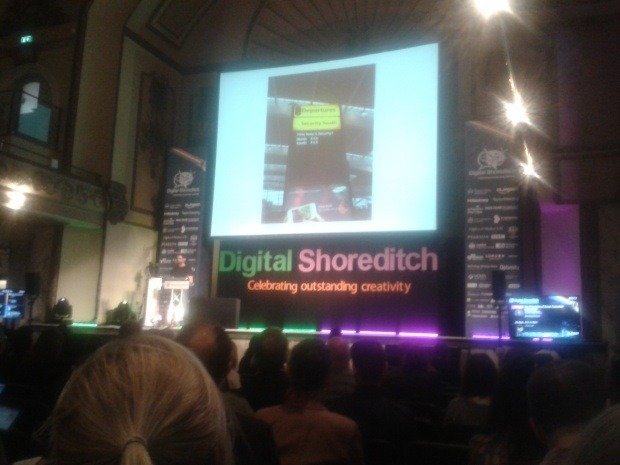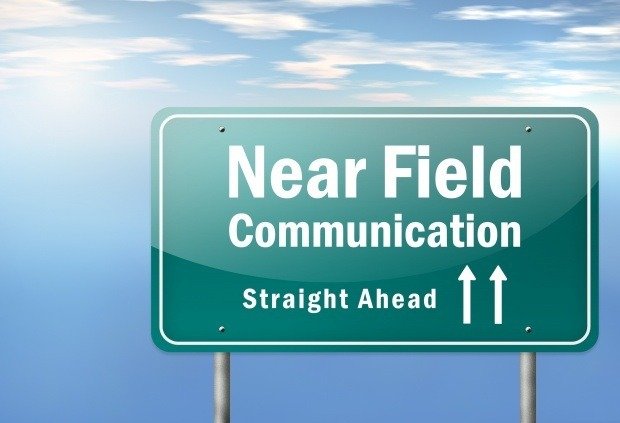Digital out-of-home continued to grow in 2013 – and it doesn’t look like slowing down in 2014. With lower prices and greater ease of use, the market is expanding into areas that perhaps wouldn’t have considered digital signage as an option before.
Compared with traditional advertising mediums, such as TV, radio or the internet, DOOH has been able to offer brands more control over their content and a better idea of the exposure they have. The interactive capacity of DOOH, as well as its ability to gather information through facial recognition and mobile technologies, puts it firmly on media planners’ maps. Talon’s chief executive Eric Newham calls it ‘face time’, in that it allows advertisers to choose who they talk to directly.
Richard Blackburn, commercial director at MediaCo, agrees with this suggestion: “The hottest trends in digital signage are currently facial detection and touch. Facial detection is not, in itself, changing the role of digital signage, but it does add another dimension for advertisers seeking to better understand how people react to creative engagement. This ensures that brand content not only evolves over the duration of the campaign, but also delivers relevant content to people.
“By combining touch capacity with this, we can deliver activation as well as branding,” he adds. “It is a potent mix.”
Liam Boyle, managing director of Monster Media, believes that this development shows the potency of DOOH: “I’m enjoying the continued use of data and analytics that help to prove the effectiveness of the medium. Measureable results support creative and demonstrate the power of integrated and interactive campaigns.”
The digitisation of OOH cannot be stopped and management tools for this fast and flexible medium are essential. Mike Dillon, director of Key Systems, opines: “Having seen the growth of digital assets amongst our traditional OOH clients, we know that the industry needs flexible and robust asset management tools.
“Our digital director is helping media owners and agencies to put the right content onto the right screens at the right time. It also provides proof of posting, which can be accessed through any Windows-enabled mobile device. Big data means big business for DOOH, but you need software that can process the whole life cycle of the campaign.”
Tim Harvey, director of digital strategy at JCDecaux, adds: “Facilitating the buying process by removing layers of administration and complexity between the brand and media owner is key. We need to prove the ROI of the medium through display metrics, through hardware and software performance, mixed in with audience data from EPOS and mobile search channels.”
When it comes to screens and players, simple is best. Companies that have put their bets on easy, transparent and straightforward operations are reaping the benefits. Signagelive is a good example of this, having seen a 40 percent growth in the past twelve months. Jason Cremins, Signagelive’s chief executive, comments: “The biggest trend has been the shift from exclusively AV-Systems Integrators installing digital signage networks to a mix of both AV and IT-Enterprise resellers that are now moving into the sector.”
Cremins attributes this trend to the simplification of end-user devices deployed for digital signage purposes, including Samsung Smart Signage and Android devices. Installation and maintenance of these digital display systems are so easy that AV resellers might need to rethink their strategies.
“We’ve seen a major retailer purchase its Samsung Signagelive Smart Signage displays from a major IT reseller, and then decide to install and maintain its digital signage by itself,” continues Cremins. “Previously, this type of deal would have been sold and installed by a specialist AV reseller.”
In terms of content, the move to HTML5 for media playback has encouraged other sectors, such as web designers, to create dynamic passive and interactive content and applications for digital signage, while the uptake of Android has helped hasten the spread of DOOH.
Content also poses a challenge in ultra HD, or 4K. The industry seems positive about its emergence but, due to the lack of components, content and the current cost, we will wait a while before we see it fully implemented across the DOOH spectrum.
For Matrox’s sales account manager Rob Moodey, though, the unmentioned barrier is actually in bringing the content to the screen. “The normal DOOH distribution architecture uses cat5 extenders, while ultra HD requires fibre optics, such as Avio’s KVM extender,” he explains. “For DOOH, more than just 4K, I foresee up-scaled, dynamic, full-HD content.”
For 2014, we can expect to see more fully integrated digital signage, in terms of hardware and software. Incorporating NFC, touch-less interactions and brand message personalisation will be a must. DOOH will also cease to be a separate category for advertisers, as it begins to lead the way on media planning.

 Display products such as PsCo’s hyperwall have put digital signage companies at the fore of 4K development
Display products such as PsCo’s hyperwall have put digital signage companies at the fore of 4K development






